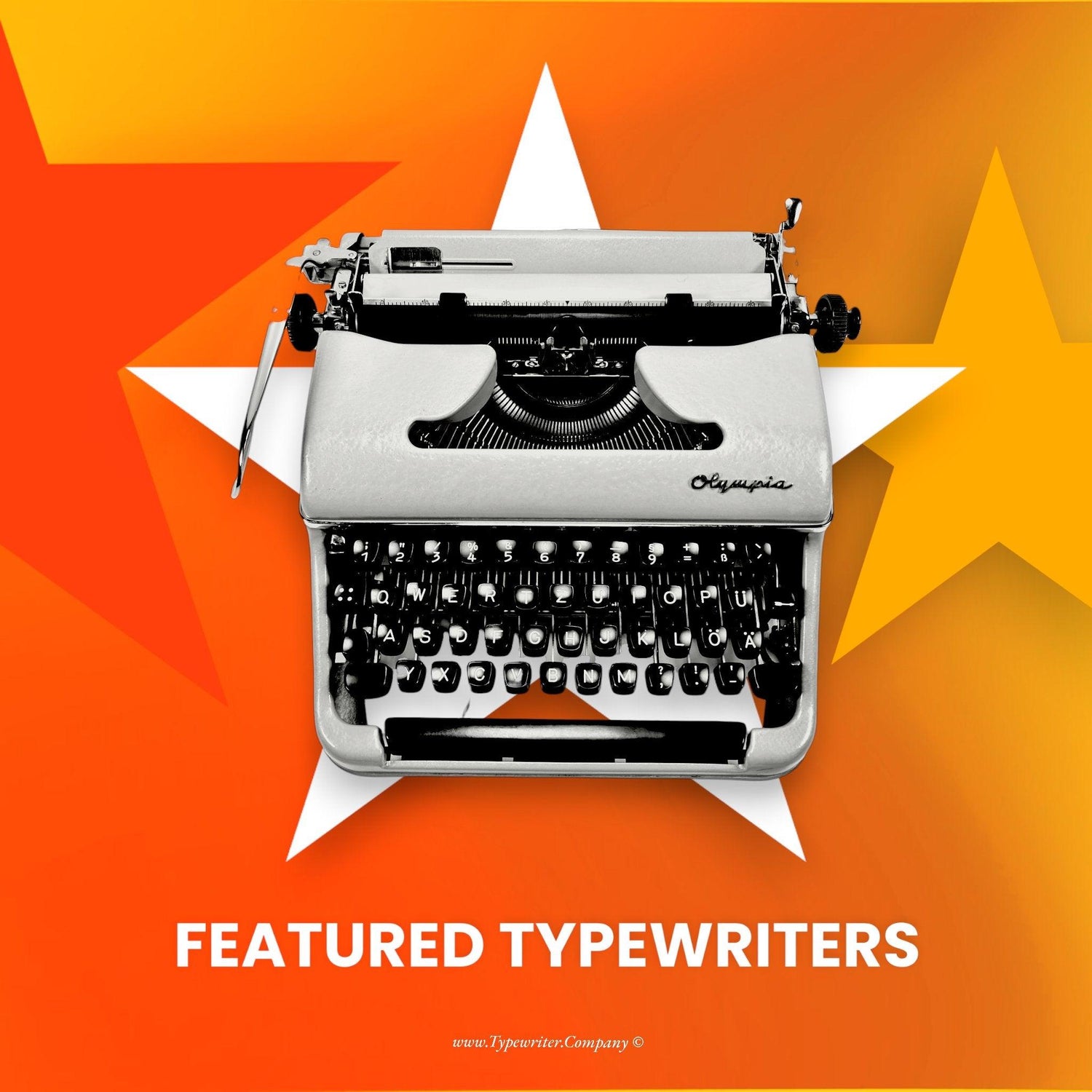
The Ultimate Fight for Art of Writing.
Share
The Art of Writing - Smartphone Keyboard vs. Typewriter Keyboard
The Art of Writing! At first glance, the smartphone keyboard and the typewriter keyboard look surprisingly similar. Both use the QWERTY keyboard layout — a 19th-century invention created not for ease of typing, but to prevent the typewriter’s mechanical parts from jamming.At the time, this arrangement was a practical engineering solution. Yet, when we explore how smartphones and typewriters shape our interaction with text, they reveal entirely different worlds — not just technologically, but culturally as well.

The Era of the Typewriter Keyboard
In the era of typewriters — those iconic machines whose keys clattered in offices, newsrooms, and homes — writing was almost a ritual. Sitting down at a typewriter keyboard required precision and discipline. Learning to type was a kind of initiation, demanding memorization of the keyboard layout and the skill of “blind” typing without looking at the keys.
At the time, glancing at the keyboard was considered inefficient, even unprofessional. Typing on a typewriter was mechanical, requiring a strong press on the keys, and the unmistakable “click” signified the letter’s imprint on paper.
There was a physicality to this act — bells chimed when the carriage needed shifting, ribbons had to be changed, and after a day of typing, your hands felt the strain. The typist’s attention stayed fixed on the paper. The typewriter keyboard was a transparent tool — it didn’t suggest words, correct errors, or distract. Everything depended on skill and focus.

There was a physicality to this act - bells chimed to indicate when the carriage needed to be shifted, ribbons needed to be changed, and after a long day of typing, your hands felt the strain. Most importantly, the typist's attention was entirely focused on the text appearing on the paper. Rarely did one's eyes drift toward the keys. All the energy was devoted to the content. The keyboard itself was a transparent tool - it didn’t divert attention, didn’t offer suggestions, didn’t correct errors. Instead, everything depended on the user’s skill and focus.
The Modern Smartphone Keyboard
The modern smartphone keyboard tells a very different story. Though it mirrors the QWERTY keyboard in appearance, its role in the digital world is far more interactive. A gentle tap on the screen activates algorithms that predict words and even complete sentences before we finish typing.
Today, the keyboard is more like an assistant than a tool. When typing on a smartphone, we often switch between apps, receive notifications, and multitask. Our attention is fragmented. Unlike the typewriter, the smartphone keyboard doesn’t demand full focus — yet it also doesn’t offer the mindful pauses that came with mechanical typing.

The critical difference lies in how these two devices engage our attention. The typewriter, as a physical tool, demanded full concentration on the task. The keyboard was merely a means, with the text as the end. In the digital world, the keyboard becomes just one of many elements of interaction. When typing on a smartphone, we rarely focus solely on writing. We often switch between apps, get notifications, browse messages, watch videos. Our attention is constantly scattered. The smartphone keyboard, unlike the typewriter, doesn’t require full focus, yet it also doesn’t offer the moments of pause that once came from the physical act of typing.
The History of the QWERTY Keyboard
The QWERTY keyboard was invented in the 1870s by Christopher Sholes to slow typists down and prevent mechanical jams. Paradoxically, this layout — born from mechanical necessity — became the universal standard, even in a world without those limitations.

From Mastering the Tool to the Tool Adapting to Us
Unlike the typewriter keyboard, which required mastery, the smartphone keyboard adapts to us. Autocorrect, predictive text, and AI suggestions change how we think about writing. We are no longer sole authors — we co-create with technology that anticipates our words.
In the 1960s, when typewriters ruled offices, the challenge was mastering technique. Today, the challenge is managing attention in a constant stream of digital demands.

Symbols of Different Eras
The typewriter keyboard symbolized focus — a tool that encouraged immersion in the act of creation. The smartphone keyboard symbolizes multitasking, where writing is just one of many activities competing for our attention.
These differences reveal how technology shapes not only our work but also our thinking. The typewriter made us deliberate over each word. The smartphone makes writing faster — but often more superficial.







1 Kommentar
Manuel typewriters are magic. My favorite is a 1958 Royal Futura ugly green and grey but magic is not a color